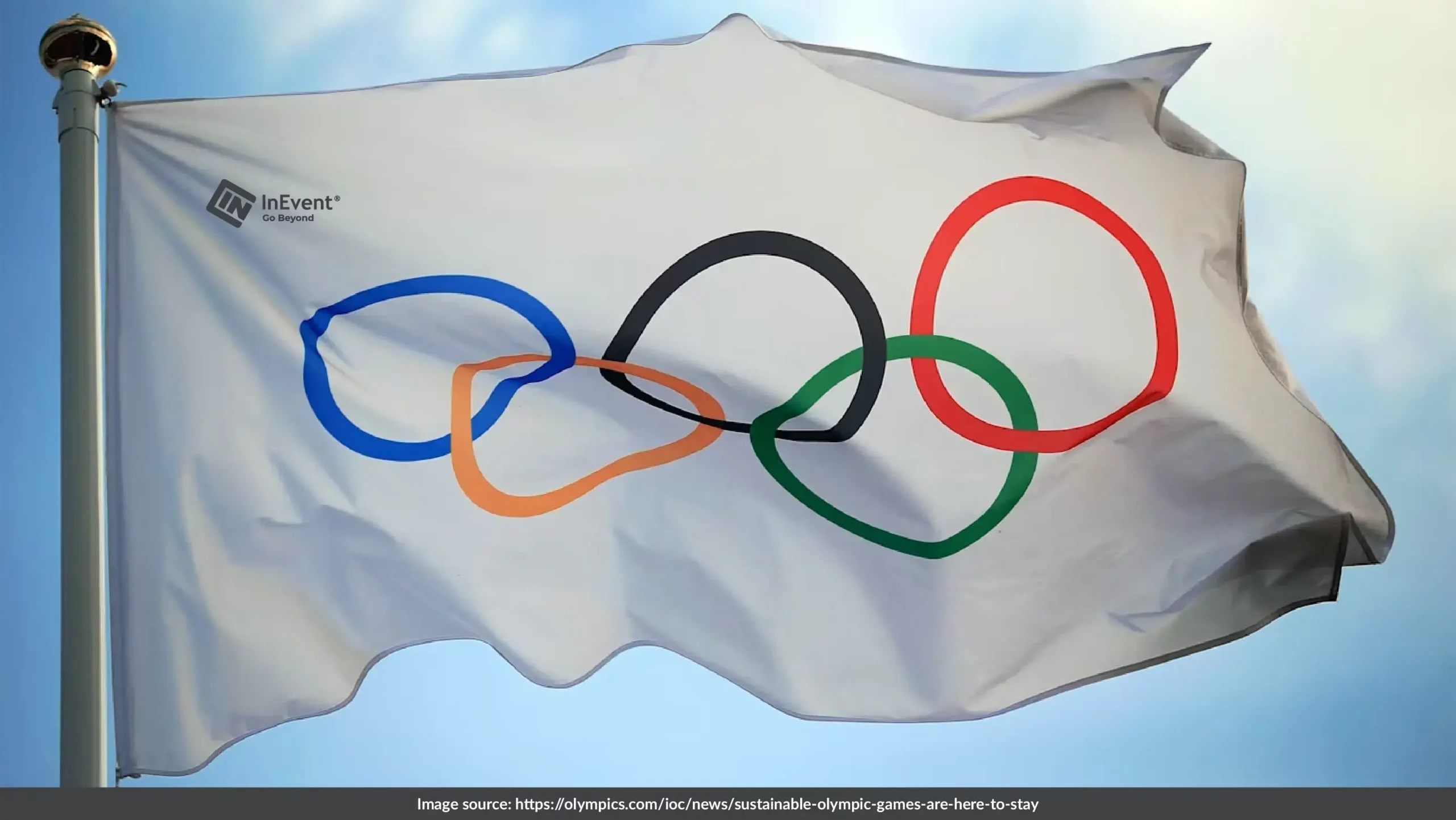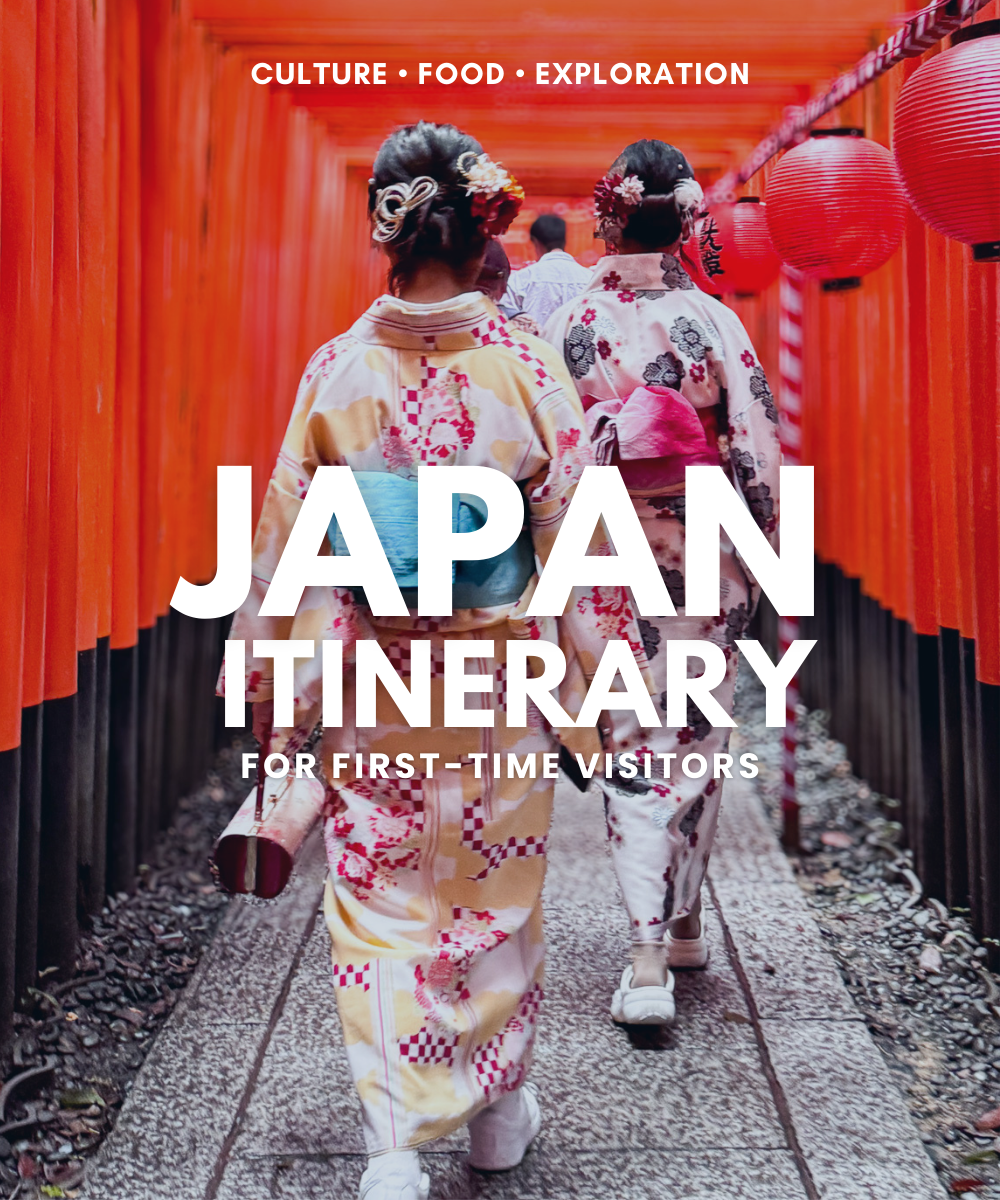The Impact of Seasonal Trends on Destination Planning for Tourist Itineraries

The Dynamic Interplay of Seasons and Travel
As seasons transition, so too do the preferences and behaviors of travelers. This dynamic relationship significantly influences how individuals plan their travel itineraries, ultimately shaping destination choices and enriching travel experiences. Understanding these seasonal variations can provide crucial insights for both tourists and destination planners, leading to more enjoyable and memorable travels.
Several key factors contribute to these seasonal influences:
- Weather Conditions: The weather can significantly affect the desirability of a destination. For example, snowy landscapes are highly regarded by winter sports enthusiasts. Regions like Colorado experience a surge in tourism from late November through early April, thanks to its world-class skiing resorts such as Aspen and Vail. Conversely, warmer destinations like Hawaii or California attract visitors year-round, but especially during the cold winter months in other parts of the U.S.
- Festivals and Events: Each season is adorned with vibrant festivals and events that can entice tourists. The iconic Macy’s Thanksgiving Day Parade in New York City draws crowds every November, while the summer months are highlighted by events such as the famous Coachella Valley Music and Arts Festival in California. These events not only showcase local culture and talent but also encourage travelers to plan their visits around these unique experiences.
- Nature Displays: The allure of seasonal landscapes is undeniable. Spring is heralded by the breathtaking cherry blossom festival in Washington, D.C., where tourists flock to witness the stunning floral display. Similarly, the explosion of color during the autumn months, particularly in New England, is a major draw for leaf-peepers captivated by the vibrant foliage. Each of these natural spectacles provides a unique reason for travelers to pack their bags and hit the road.
In the United States, different regions resonate with various seasonal activities. For instance, Florida’s beautiful beaches and theme parks attract families during the sunny summer months, while national parks like Yellowstone welcome visitors eager for cool autumn hikes or springtime wildlife viewing. By recognizing and understanding these seasonal trends, tourists can better align their travel plans with these appealing features, leading to a richer travel experience.
Furthermore, aligning travel itineraries with seasonal characteristics not only enhances visitor experiences but also benefits local economies and ecosystems. When travelers visit at optimal times, they contribute to the economic sustainability of local communities, while also allowing natural environments to flourish without excessive strain. As you explore the intricacies of how seasonal influences impact travel, you will uncover insights that may inform and enhance your future travel plans, leading to adventures filled with discovery and engagement.
DISCOVER MORE: Click here to learn about sustainable itineraries

Understanding Seasonal Trends in Travel
As travelers weigh their options, seasonal trends are one of the most influential factors guiding their destination choices. Recognizing how these trends affect travel itineraries can enhance experiences and optimize enjoyment. One of the most significant aspects of seasonal travel is the availability of activities that align with seasonal characteristics, appealing to diverse interests and preferences.
When considering itinerary planning, it’s essential to account for the various seasons in the United States, each offering unique experiences:
- Winter Wonders: The winter months draw visitors to destinations known for snow sports and winter festivities. Places like Park City, Utah, become bustling hubs for ski enthusiasts. Potential travelers might also plan trips to experience local holiday celebrations, such as the enchanting Christmas markets found in several cities across the northeast.
- Spring Awakening: As temperatures rise and nature reawakens, spring presents an opportunity for outdoor exploration. This is an ideal time for hiking trails in national parks, attending flower festivals, or participating in spring wildlife events, such as bird watching in the Everglades. With pleasant weather and blooming landscapes, travelers are encouraged to immerse themselves in the rejuvenated environment.
- Summer Adventures: With schools out and families ready to travel, summer is peak season for many popular destinations. Beach vacations in Florida and the Carolinas promise fun in the sun, while the mountainous regions of the western United States attract those seeking cooler climates and outdoor activities. Additionally, summer concerts and events further enrich the travel experience.
- Autumn views: As the leaves change and temperatures drop, autumn becomes synonymous with picturesque landscapes. The New England region is particularly famous for its stunning fall colors, drawing tourists eager to witness the vibrant foliage. Wine enthusiasts may also flock to Napa Valley during the harvest season, blending scenic views with wine-tasting experiences.
Each season not only sets the tone for travel itineraries but also influences the demand for specific amenities and services in popular tourist spots. Understanding these seasonal preferences allows destination planners and local economies to adapt dynamically, ensuring they maximize visitor satisfaction while managing their resources sustainably.
For travelers, aligning their plans with seasonal trends presents countless opportunities for memorable experiences. Researching seasonal attractions before planning a trip can lead to discovering unique local customs, seasonal deals, and the best weather conditions for activities. As you navigate your travel choices, keep an eye on how seasonal variations influence not only the destinations but also the activities that may be accessible during your visit.
The Strategic Use of Seasonal Trends in Itinerary Planning
Understanding seasonal trends is paramount for crafting successful tourist itineraries. Seasonal variations can affect everything from weather patterns to local events, all of which have a significant impact on travelers’ experiences. For instance, planning a trip to a destination during its peak season can increase the likelihood of participating in vibrant local festivals and events, enhancing the overall experience. Conversely, traveling during the off-peak season often means fewer crowds and lower prices, allowing for a more personal exploration of the area.
Adapting to Climate and Weather Patterns
The climate conditions associated with different seasons can influence not only travel times but also activities available at the destination. For example, certain areas are ideal for outdoor adventures in the summer months while being perfect for cozy indoor activities in the winter. Understanding these patterns can help in designing itineraries that optimize the visitor experience, ensuring they engage with the right activities at the right time.
Leveraging Local Events
Many destinations are known for signature events or festivals that typically occur during specific seasons. Integrating local events into travel itineraries can be a significant draw for tourists seeking authentic experiences. For example, planning a visit to a city famed for its annual cherry blossom festival can enhance the allure of the destination, making the timing of a visit essential for maximizing experiences.
Economic Considerations
From an economic standpoint, seasonal trends also impact pricing and availability. Understanding these factors allows tour planners to provide tourists with the best value. Popular destinations may offer discounted rates in the off-peak season, which can be highlighted in travel packages to attract budget-conscious travelers. Moreover, catering to seasonal trends can encourage off-peak travel, contributing to a more sustainable tourism model.
Destination Marketing Strategies
Effective marketing strategies should align with seasonal trends. Travel agencies and tourism boards can tailor their promotional campaigns based on these patterns, highlighting both peak and off-peak advantages to appeal to diverse customer segments. Emphasizing unique seasonal attractions can motivate travelers to choose specific destinations over others based on their interests, further influencing itinerary planning.
| Category | Advantages |
|---|---|
| Peak Travel Seasons | Access to festivals and vibrant events, enhancing tourist experiences. |
| Off-Peak Travel | Lower prices and fewer crowds, providing a personal exploration opportunity. |
Maximizing Visitor Satisfaction
Optimally planning itineraries around seasonal trends not only maximizes visitor satisfaction but also enhances the overall success of travel operations. By adapting to climatic changes, local events, and price fluctuations, travel planners can create tailored experiences that resonate with the unique desires and needs of each traveler. Ultimately, the impact of seasonal trends on destination planning is profound, revealing rich layers of opportunity for those willing to explore. As tourists increasingly seek personalized and relevant experiences, understanding these dynamics becomes crucial for the future of travel.
DISCOVER MORE: Click here to optimize your travel time
Adapting Itineraries to Seasonal Influences
As travelers become increasingly savvy about enhancing their vacation experiences, understanding how seasonal trends influence not only availability but also the overall tourist atmosphere is crucial. This knowledge empowers destination planners and individuals alike to refine itineraries that align with the characteristics and opportunities each season provides.
Seasonal events and festivals can serve as significant draws for travelers seeking a more authentic local experience. For instance, autumn is not just about leaf-peeping; it’s also the time for harvest festivals in regions like the Midwest, where communities celebrate with farm-to-table feasts and cider tastings. Similarly, in summer, various state fairs across the U.S. offer unique local experiences, showcasing regional food, crafts, and entertainment that are well worth the visit.
Moreover, specialized seasons can cater to niche interests. Adventure tourism, for instance, finds its prime season in winter when skiing, snowboarding, and ice climbing come alive amidst the winter landscapes. Equally, summer beckons thrill-seekers to engage in white-water rafting, kayaking, and hiking as top attractions in the national parks of the West. Understanding these trends allows travelers to plan not just based on location but also on the specific experiences that align with their interests.
Weather conditions also play a pivotal role. For example, travelers seeking to visit breathtaking national parks should consider planning their trips between late spring and early fall, when trails are accessible and wildlife activity is at its highest. In contrast, regions in the southern U.S. experience markedly hotter and more humid conditions in the summer, leading to greater benefits in timing visits for hiking or beach vacations during milder months to enhance comfort and enjoyment.
Accessibility should also be considered in relation to seasonal trends. As demand ebbs and flows throughout the year, flight prices and accommodation rates often vary, presenting opportunities for cost savings. For example, traveling during the shoulder seasons—those transitional periods between peak and off-peak—for destinations like Disney World or coastal resorts can yield lower prices and less crowded attractions, making for a more enjoyable experience.
Furthermore, the integration of local weather patterns into travel planning can enhance awareness. Monitoring typical seasonal occurrences, such as hurricane seasons in the southern U.S or the monsoon season in the Pacific Northwest, can help travelers avoid catastrophes and have safer, stress-free adventures. Travelers who take the time to assess such factors, backed by historical data on tourism flows, can optimize their itineraries, ensuring they visit beloved destinations at times when they are most likely to experience them in their finest forms.
Lastly, embracing technological advancements such as travel apps and forecasting tools can also aid in destination planning. Real-time updates about weather conditions, local events, and tourist traffic can empower individuals to make spontaneous decisions or plan accordingly, resulting in well-rounded travel experiences tailored to their preferences and the season at hand.
DIVE DEEPER: Click here to discover more
Conclusion
In conclusion, understanding the impact of seasonal trends on destination planning for tourist itineraries is essential for enhancing travel experiences. By recognizing how various seasons influence attractions, weather conditions, and local festivities, travelers can craft enriched itineraries that align with their interests and optimize their enjoyment. The significance of seasonal events and specialized experiences cannot be understated; they provide unique opportunities for immersion in local culture and community.
Furthermore, the use of data-driven insights into weather patterns and pricing fluctuations during peak and off-peak seasons can lead to improved travel choices. Whether it’s enjoying winter sports during snowy months or basking in the temperate climate of spring, the right timing can elevate any trip from ordinary to extraordinary. Travelers who leverage this knowledge, coupled with technology—such as travel apps and forecasting tools—are positioned to make well-informed decisions that align with both their budget and personal preferences.
Ultimately, as the landscape of travel continues to evolve, the importance of being attuned to seasonal influences will only grow. By prioritizing these factors in destination planning, both travelers and planners can create memorable journeys that celebrate the unique attributes of each season. As you embark on your next adventure, consider how the rhythms of nature and culture may unlock hidden gems, helping you to experience your chosen destination in its most vibrant form.


